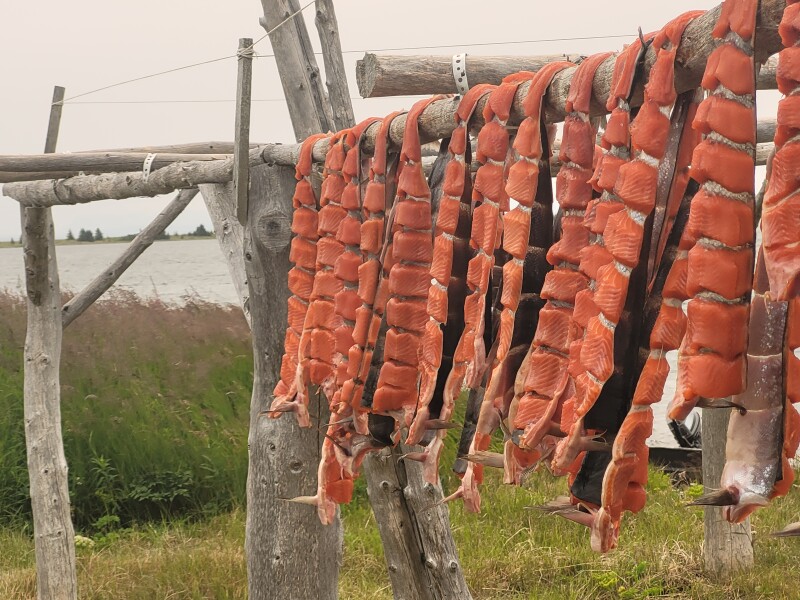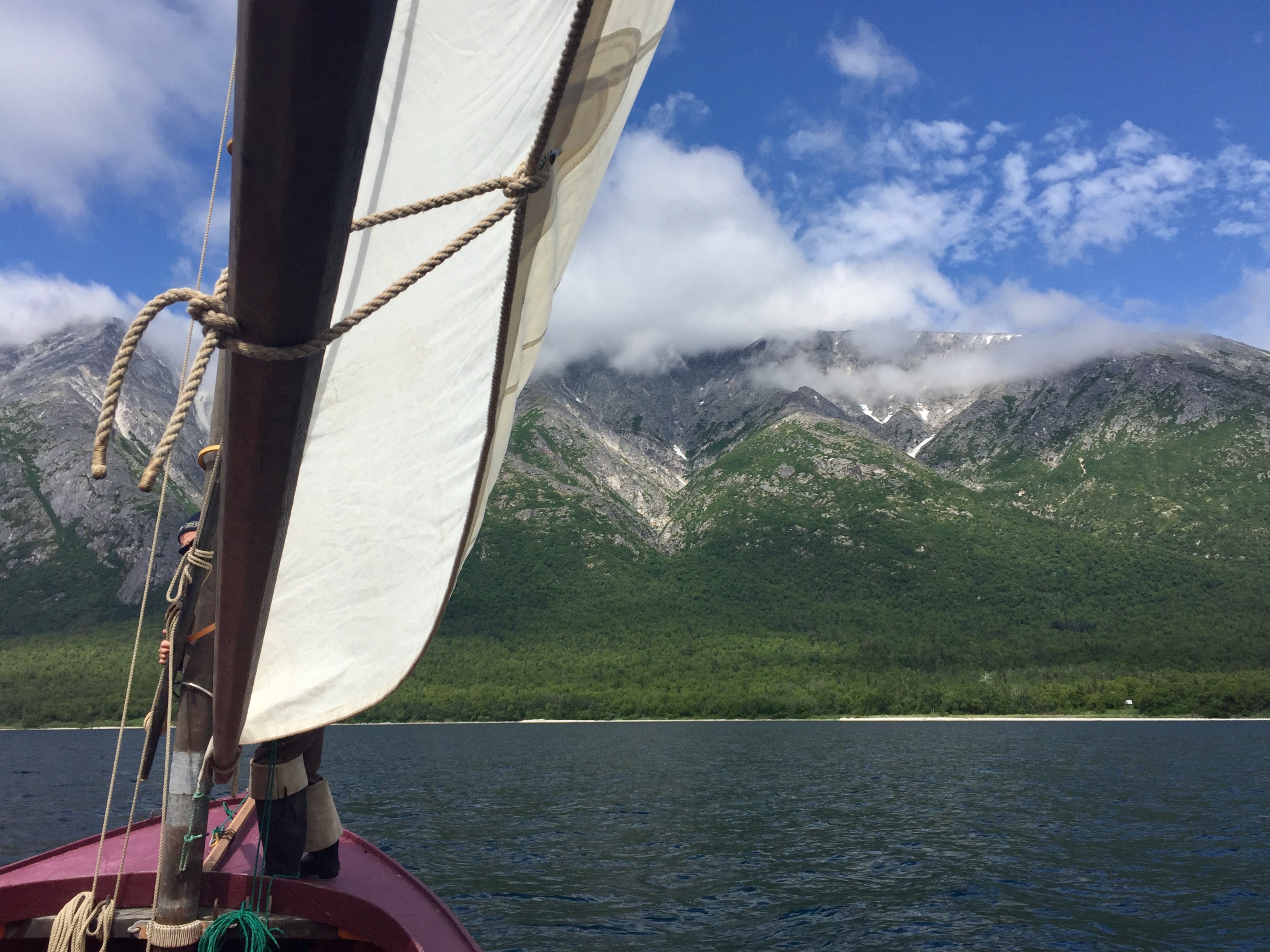As the Libby 76 moved into the east end of Lake Iliamna so too does the run of sockeye.
While the west side of Bristol Bay has been overflowing the run continued to build on the east side of Bristol Bay.
By July 14 the overall harvest of sockeye salmon stood at 64.3 million exceeding the forecasted harvest of 60 million; an all-time high for Bristol Bay’s 137 years of commercial fishing.
Before leaving the west end of Lake Iliamna, the historic double-ender sailed into Knutson Bay, the region’s most productive site for lake spawning. It is also the site where any road to develop the Pebble Mine would be located. Even though the EPA has not yet finalized their decision on the Pebble Mine, there is a coordinated effort to block the road through three conservation easements.
The Pedro Bay Rivers project is a partnership between the Pedro Bay Corporation, the Bristol Bay Native Corporation, the Bristol Bay Heritage Land Trust and The Conservation Fund. The goal of the project is to conserve 44,170 acres of vital habitat on Iliamna Lake that is essential to the health and vitality of Bristol Bay, the people who live there and the world-renowned salmon industry.
The project aims to place three conservation easements on lands owned by the Pedro Bay Corporation, restricting development and ensuring the watersheds of the Pile River, Iliamna River and Knutson Creek are able support the extraordinary returns of sockeye salmon year after year.
The project aims to raise $20 million by the end of year. Please learn more and donate by clicking on this link.







